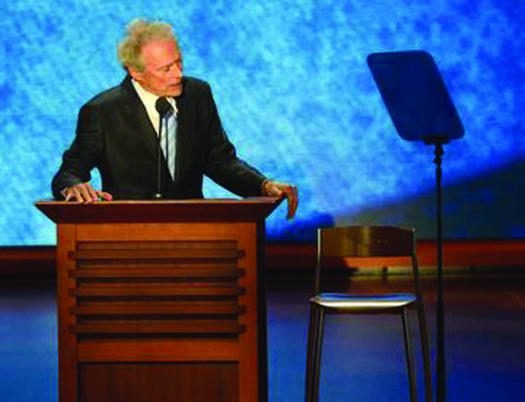| << Chapter < Page | Chapter >> Page > |

In the past, national conventions were often the sites of high drama and political intrigue. As late as 1968, the identities of the presidential and/or vice-presidential nominees were still unknown to the general public when the convention opened. It was also common for groups protesting key events and issues of the day to try to raise their profile by using the conventions to gain the media spotlight. National media outlets would provide “gavel to gavel” coverage of the conventions, and the relatively limited number of national broadcast channels meant most viewers were essentially forced to choose between following the conventions or checking out of the media altogether. Much has changed since the 1960s, however, and between 1960 and 2004, viewership of both the Democratic National Convention and the Republican National Convention had declined by half.
National conventions are not the spectacles they once were, and this fact is almost certainly having an impact on the profile of the national party organization. Both parties have come to recognize the value of the convention as a medium through which they can communicate to the average viewer. To ensure that they are viewed in the best possible light, the parties have worked hard to turn the public face of the convention into a highly sanitized, highly orchestrated media event. Speakers are often required to have their speeches prescreened to ensure that they do not deviate from the party line or run the risk of embarrassing the eventual nominee—whose name has often been known by all for several months. And while protests still happen, party organizations have becoming increasingly adept at keeping protesters away from the convention sites, arguing that safety and security are more important than First Amendment rights to speech and peaceable assembly. For example, protestors were kept behind concrete barriers and fences at the Democratic National Convention in 2004.
With the advent of cable TV news and the growth of internet blogging, the major news outlets have found it unnecessary to provide the same level of coverage they once did. Between 1976 and 1996, ABC and CBS cut their coverage of the nominating conventions from more than fifty hours to only five. NBC cut its coverage to fewer than five hours.

Notification Switch
Would you like to follow the 'American government' conversation and receive update notifications?